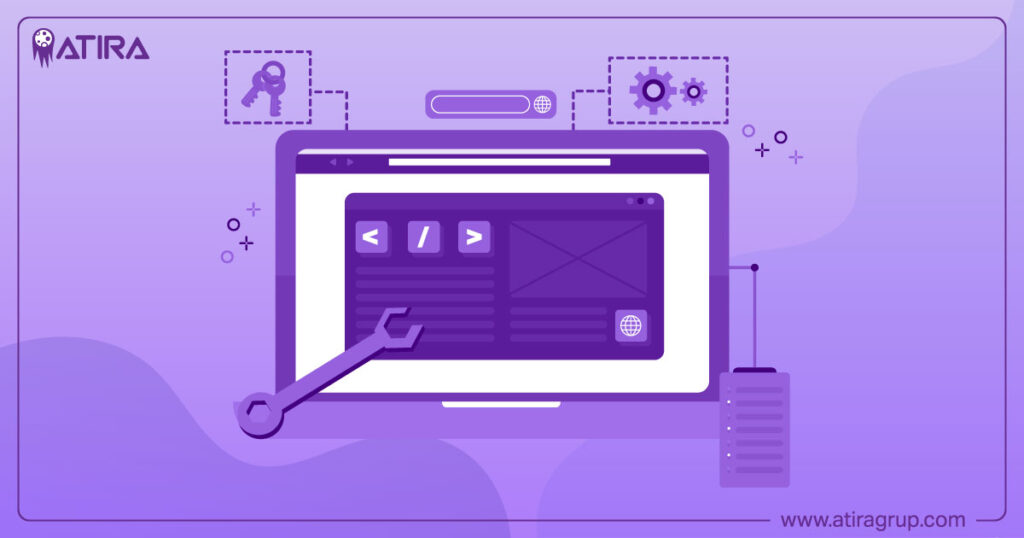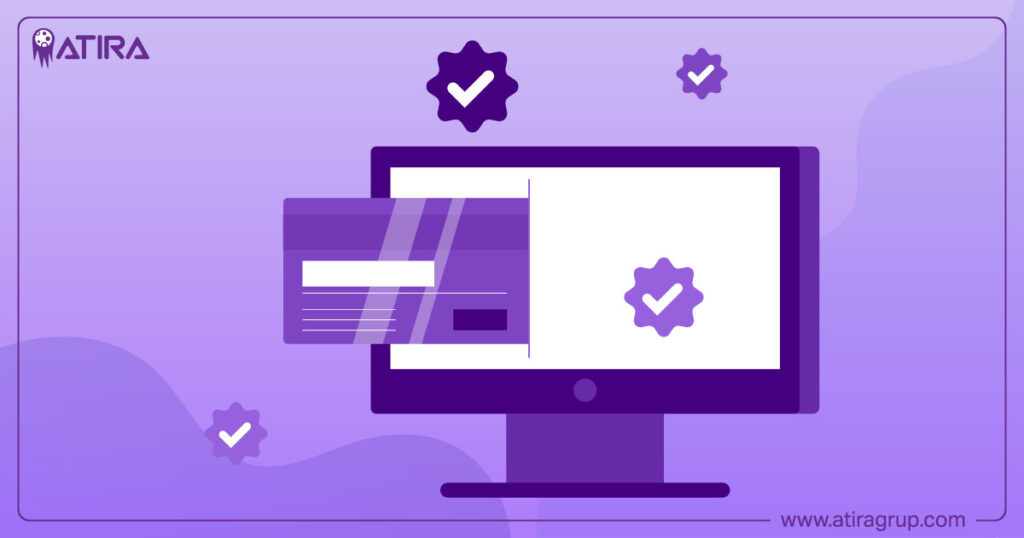Website testing ensures a site works well for users by evaluating its performance, functionality, and experience. This article explains what website testing is, why it’s important, and how you can make money by doing it.
Key Takeaways
- Website testing is essential for ensuring functionality, security, performance, and usability, directly impacting user experience and retention.
- Regular website testing identifies issues before they escalate and demonstrates a commitment to user satisfaction, enhancing brand credibility.
- Starting a career in website testing requires basic skills, effective communication, and access to necessary tools, while also providing opportunities for earning income.
Table of Contents
What is Website Testing?
Website testing refers to evaluating end-user interactions to understand how a site behaves and performs. It includes several processes, such as:

- Checking the functionality
- Assessing security
- Ensuring compatibility
- Evaluating performance
- Testing usability
These tests help identify and encounter issues that could hinder user experience, ensuring that visitors remain engaged and satisfied with the script versions.
The importance of website testing cannot be overstated. Quality assurance testing prevents users from leaving a website due to poor experiences, which can lead to potential revenue loss.
There are several types of testing methods:
- Manual testing allows testers to directly evaluate UI/UX issues.
- Automation testing enhances efficiency by using scripts and tools to execute test cases.
- User acceptance testing ensures that the website meets the expectations of its end-users, contributing significantly to its success.
By implementing these testing methods, you can improve user experience and increase the likelihood of retaining visitors.
Web application testing is broadly categorized into functional and non-functional testing, each addressing different critical aspects of a website. Functional testing verifies that a website operates according to requirements and delivers the expected results to users. In contrast, non-functional testing focuses on aspects like performance, security, and usability, ensuring a comprehensive evaluation of the site’s overall functionality, including web testing.
Key Benefits of Website Testing
Website testing offers numerous benefits that can significantly impact a site’s performance and user satisfaction. Here are some key advantages:

- Regular testing helps in adapting to changing user needs.
- It identifies potential issues before they escalate.
- Gathering user feedback during usability testing allows businesses to pinpoint and fix issues.
- It shows a commitment to user satisfaction.
By implementing these testing strategies, businesses can enhance their website’s effectiveness and improve the overall user experience.
A seamless, bug-free user experience is crucial for establishing brand credibility. Website QA testing creates a smooth experience for users, crucial for customer retention and building trust. Moreover, ongoing testing allows businesses to continuously improve their websites, keeping them aligned with user expectations and preferences.
In essence, website testing enhances user satisfaction, boosts conversions, and solidifies brand reputation. It is an indispensable practice for any business looking to maintain a competitive edge in the digital marketplace.
Essential Tools for Website Testing
Effective website testing requires the right set of tools. Selenium, for instance, is the best tool that automates web applications for testing purposes, allowing users to write tests in various programming languages. Automation tools like Selenium enhance testing efficiency by enabling automated parallel tests.

BrowserStack is another essential tool that allows testing on real devices and browsers, ensuring consistent performance across various environments. LambdaTest, used for testing websites and web applications in all major browsers, offers automated visual tests across 3,000+ environments and scheduled screenshots. Both BrowserStack and LambdaTest provide manual and automated testing capabilities, covering a wide range of testing needs.
Additionally, tools like Katalon Studio and TestGrid offer comprehensive testing resources, supporting automated and manual testing for web, mobile, and desktop applications. These tools provide robust solutions for ensuring that websites function correctly across different platforms and devices.
Types of Website Testing
Website testing encompasses various types of tests, each focusing on different aspects of a site’s functionality and performance. Functionality testing, for instance, verifies that the website operates according to requirements and delivers expected results to users. This process checks for proper functionality, security, and user experience across various browsers and devices.

Performance testing measures a website’s responsiveness and speed under varying conditions, assessing its ability to handle different workloads. Security testing is crucial for uncovering vulnerabilities that could compromise user data or allow unauthorized access.
UI testing evaluates whether the user interface functions correctly and is visually appealing. Compatibility testing ensures the application works across different browsers and devices, while integration testing ensures that all components of a website work together seamlessly. Each type of testing plays a vital role in delivering a smooth and secure user experience.
How to Start Testing Websites
Starting as a website tester requires some basic skills and equipment. Here are the essentials:

- Proficiency in HTML, CSS, and JavaScript is essential for understanding web applications.
- Effective testing communication requires C1-level English proficiency.
- Interestingly, no special expertise is required to start testing websites, making it accessible to a wide audience.
To begin, you need a PC or Mac, stable internet, a microphone, and a mobile device such as an iPhone, iPad, or Android. Testers can join a network by submitting their email and taking a practice test. Usability testing can be done through various methods, including beta testing, usability testing platforms, and crowdsourced testing.
Conducting usability tests helps teams uncover problems early in the development process, resulting in cost savings and a more user-friendly website. Testing in development environments helps prevent post-deployment bugs, ensuring a smoother launch.
Earning Money by Testing Websites
One of the appealing aspects of website testing is the opportunity to earn money. Testers can earn money by participating in website tests and providing feedback on new features and products. This not only allows them to influence major brands and technologies but also offers a steady income stream.

Testers generally earn about $10 for every 15 to 20 minutes of video completed. The amount paid can vary based on factors such as the type of test, duration, and demand from customers. Many testers have reported earning over $500 in just a few months from website testing, with payments for completed tests processed within two weeks.
Website testing offers financial benefits and lets testers contribute meaningfully to product development. New opportunities are frequently available, allowing testers to choose tasks that fit their schedule.
Payment Methods for Website Testers
The most common payment method for website testers is PayPal, widely used for its convenience and security in online transactions. Testers need a PayPal account to receive payments. Setting up a PayPal account is straightforward, and it ensures that testers get paid promptly and securely.

Other payment methods are less common but may include direct bank transfers or gift cards, depending on the testing platform. However, PayPal remains the preferred option to pay due to its global acceptance and ease of use.
Challenges in Website Testing
Website testing comes with its own set of challenges. Here are some key points to consider:

- Different browsers, including Firefox, may require specific media formats or codecs for proper functionality.
- Polyfills can increase code complexity and impact performance when used to bridge gaps in browser feature support.
- Vendor-specific code functions are often needed to ensure compatibility across different browsers.
Validation of HTML and CSS is crucial as errors can lead to inconsistent displays across different browsers. Including a DOCTYPE declaration is necessary to prevent browsers from rendering pages in a compatibility mode. CSS resets are also needed to ensure consistent layout rendering across various browsers.
Testing on actual devices is crucial for identifying rendering and functionality issues that emulators may miss. While emulators can provide a general idea, real devices reveal more in-depth issues, making them indispensable for thorough testing.
Best Practices for Effective Website Testing
Effective website testing requires following best practices. Usability test management is crucial as it allows sharing user data and findings with product managers, developers, and designers. This collaborative approach ensures that all stakeholders are on the same page and can address issues promptly.

Complementary features can streamline the testing process and speed up product shipping. For example, using tools that automate repetitive tasks frees up time for testers to focus on more challenging complex issues, eliminating the need for manual intervention. Regularly updating testing scripts and tools also ensures that tests remain complete and effective.
By adhering to these best practices, approved testers can perform thorough and efficient evaluations, leading to high-quality, user-friendly websites that are written with care in the app. This review ensures that all aspects qualify to be considered.
Case Studies: Successful Website Testing
Real-life case studies highlight the tangible benefits of website testing. Bannersnack, for instance, improved its landing page conversion rates by 25% through A/B testing and using heatmaps to enhance user experience. Similarly, Re:member revamped its credit card application form, resulting in a 43% increase in conversions from affiliate sites.

Turum-burum enhanced Intertop’s checkout flow, leading to a 54.68% increase in conversion rates by refining the user interface and reducing form fields. Clarins increased engagement on product details pages by adding explanatory text to images, which led to a rise in basket views and transactions.
Every.org boosted its donation conversion rate by 26.5% after simplifying its donation form by splitting it into multiple pages with single calls to action. These examples demonstrate how effective website testing can lead to significant improvements in user experience and business metrics.
Summary
Website testing is a critical practice for ensuring a seamless and enjoyable user experience. By identifying and resolving issues early, businesses can enhance user satisfaction, boost conversions, and establish brand credibility. The right tools and techniques, combined with best practices, can make the testing process efficient and effective.
As you embark on your journey as a website tester or seek to refine your skills, remember the importance of thorough testing and continuous improvement. The digital landscape is ever-changing, and staying ahead requires dedication and adaptability. Happy testing!
Read more:
Top Strategies for Succeeding as a Digital Strategy Consultant
What You Need to Know About User Experience Design
Frequently Asked Questions
What is website testing?
Website testing is a comprehensive evaluation of user interactions to assess a site’s functionality, security, compatibility, performance, and usability. It is essential for ensuring that the website meets both user expectations and industry standards.
How can I start testing websites?
To effectively start testing websites, it is essential to possess basic knowledge of HTML, CSS, and JavaScript, along with access to a computer and stable internet connection. Joining a testing network and completing a practice test will further enhance your readiness for more comprehensive testing experiences.
How much can I earn from website testing?
You can earn approximately $10 for every 15 to 20 minutes of website testing, with many testers reporting earnings exceeding $500 within a few months. Payment rates may fluctuate depending on various factors, including the nature and duration of the tests.
What are the common payment methods for website testers?
The most common payment method for website testers is PayPal, valued for its convenience and security. Testers should ensure they have an active PayPal account to receive payments efficiently.
What challenges might I face in website testing?
Website testing may present challenges such as browser compatibility issues, device-specific limitations, and the necessity for extensive testing on actual devices to uncover rendering and functionality problems. Addressing these challenges is crucial for ensuring a seamless user experience.


